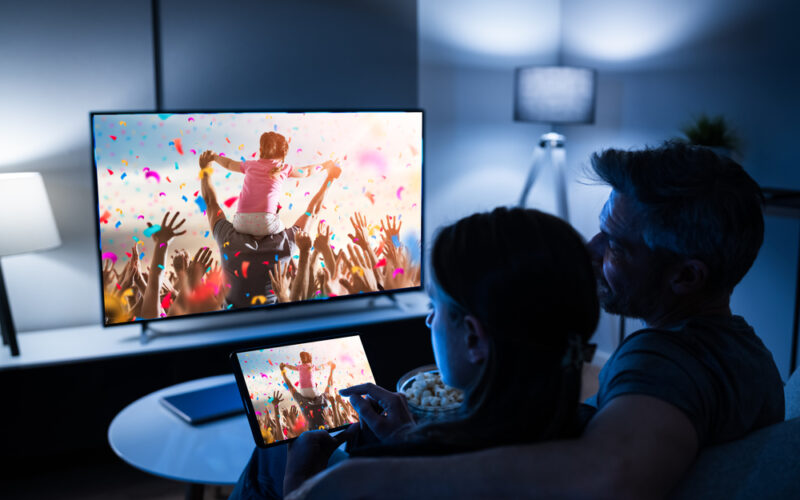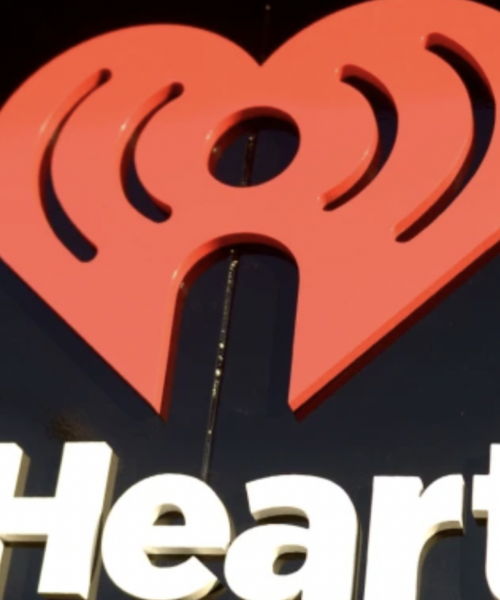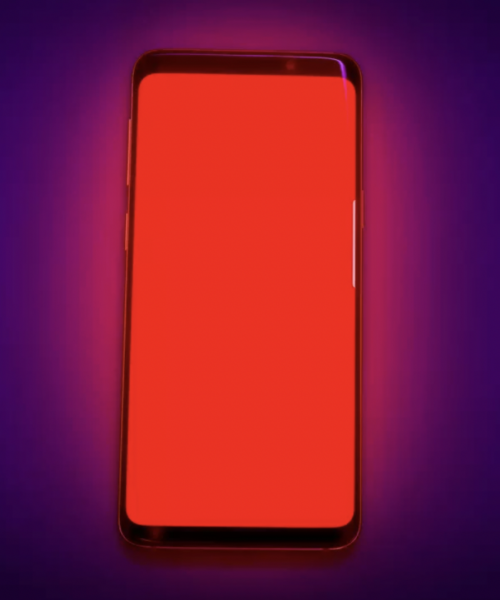BY J. CLARA CHAN | HollywoodReporter.Com
Troy Warren for CNT
Showtime, HBO Max and Disney+ all had service outages ahead of season finales or live events, but user volume isn’t always to blame.
If you were on Twitter on the night of May 30, also known as the Mare of Easttown finale night, you may have believed that HBO Max failed at its one job. Dozens and dozens of viewers who were anxiously awaiting a conclusion to the Kate Winslet–starring drama shared disgruntled messages and photos of their TV screens and mobile devices emblazoned with the message, “Content Not Available.”
In the streaming era, consumers have become accustomed to accessing content whenever they want, however they want. But when a streaming service has a massively popular show or event that subscribers, to their anger and dismay, suddenly can’t watch on the release date, what’s to blame?
Because of the complicated nature of streaming, in which a platform’s technology may be working with multiple third-party content delivery networks, authentication systems, different internet service providers and a plethora of devices that viewers are using to access their content, the answer is often, unsatisfyingly, “it really depends,” as one former streaming executive described it to The Hollywood Reporter.
“These are complex systems, each of which have grown up somewhat differently,” the former executive said.
Disney+, for example, was created out of technology from BAMTech, which Disney acquired in 2017. The technology stack for HBO Max is a mixture of third-party and home-grown systems that evolved out of HBO Go and HBO Now, the latter of which was built up by BAMTech (HBO cut ties with the BAMTech shortly after its Disney acquisition). ViacomCBS’ Showtime and Paramount+ are also powered by a combination of third-party and in-house systems, with Paramount+ being built off of the infrastructure used for CBS All Access. And then there’s Netflix, which built and controls most of its own infrastructure, including its container management platform and its content delivery network.
But as more users have flocked to streaming platforms to consume their content, the technical woes of streaming have become more apparent as major streaming services — including HBO Max, Disney+ and Showtime — have had technical issues in recent months ahead of highly anticipated season finales or live pay-per-view events.
In early March, when Disney+ released the finale for WandaVision, around 2,300 viewers reported outages to tracking site Down Detector just after midnight when the episode was released. A Disney+ spokesperson declined to share what caused the access problems but noted that the technical issues were resolved in under 8 minutes.
Two months later, when some subscribers were expecting to watch HBO Max’s Mare of Easttown finale, nearly 50,000 users reported problems to Down Detector. The outages, according to an HBO Max spokesperson, primarily affected viewers on the East Coast due to a connection problem with HBO Max’s systems that were resolved within 30 minutes.
And earlier this month, Showtime streamed a $50 PPV exhibition match between Floyd Mayweather and Logan Paul, but the network was compelled to offer refunds after about 20,000 users began reporting access problems around the time of the evening event, according to Down Detector. A Showtime spokesperson declined to share how many users were impacted or what exactly caused the outages, but they acknowledged that extremely high demand for the fight led to technical difficulties for some viewers who purchased tickets through the Showtime app and the network’s website.
In the case of Showtime’s outages, according to streaming experts who spoke with THR, Showtime was likely not well prepared for the volume of users trying to access the live event at the same time — a process that was made complicated because the fight was a PPV live event, meaning that Showtime had to process payments for tickets, authenticate users, handle an influx of viewers attempting to access the content around the same time and, in real time, communicate with the devices that viewers were using to stream the event, such as on an iOS or Android device, Roku, Xbox One or Amazon Fire TV — each of which have their own protocols and standards that Showtime must follow to deliver their content.
“Consumers don’t realize there is just a host of technology that has to talk to one another in real time from the moment you hit that website, and if any one of those pieces breaks,” Dan Rayburn, a digital media analyst said, “it overwhelms.” And when systems get overwhelmed, users are essentially “hitting lines” waiting to get in, according to Keith Zubchevich, the president and CEO of Conviva, a streaming video analytics company that has worked with platforms like HBO Max, Hulu and Sling TV. “You have 10 million people show up at your front door at the same time,” he said. “You can’t have 10 million people walk through the door at the same time.”
Because Showtime doesn’t frequently stream live PPV events, it is possible that the systems for doing so were under-tested for problems related to volume ahead of the Mayweather–Paul fight. That being said, for a high-profile sporting event that can reasonably be expected to draw in thousands of viewers, Rayburn said companies like Showtime should expect high volume and prepare their systems in advance. “Aren’t you in the business of doing this?” Rayburn said. “It would be like your cable TV company, you turning on to watch a sports game, and they said, ‘Oh, wow. We didn’t know you’d be interested in this, so we don’t have the content available.’ That’s the lamest excuse ever.”
When it comes to outages for on-demand shows, such as Mare of Easttown and WandaVision, experts said volume isn’t likely — or shouldn’t be — the main cause for an outage because streamers can better predict how many users will be tuning into finales based on past viewership for a series’ preceding episodes. “No one’s skipping to [the final episode]. You’re not going to get any new viewers that night. You’re only going to get old viewers that are coming back,” the former streaming executive said.
In most cases, mitigating against outages comes down to good planning, testing and monitoring, the former executive said. And if there is a live event or show finale where high volume is expected, streamers can be more strategic about when they are letting users access content, such as by creating waiting rooms before live events or not announcing the exact time an episode finale will be available on the platform, so that a system is not overwhelmed by a sudden influx of viewers.
“We love the flexibility of watching when, where and how we want to, but that flexibility comes with a technology challenge that streamers have to maintain, and so it’s a trade-off,” Zubchevich said. “Over time, that will eventually iron itself out. As technology becomes better, then streamers will get better, and this will all be a thing of the past.”
In Other NEWS


































